One of the lesser known yet iconic places of tourist interest in Chandigarh, one can’t afford to miss a visit to is the International Doll Museum in Chandigarh, housing a treasure trove of colourful handmade dolls from across as many as 31 countries of the world. A visit to this place is an ‘Alice in Wonderland’ moment especially for kids.
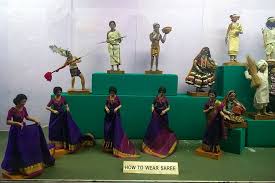
Established in 1985 in the Bal Bhawan complex in Sector 23, Chandigarh, the museum showcases a conglomeration of colourful and captivating dolls of heritage value, comprising exotic and indigenous dolls with historical, socio-cultural, geographical backgrounds, offering a flashback of artistic, intricate fashion design and costume culture and other features of the times gone by.
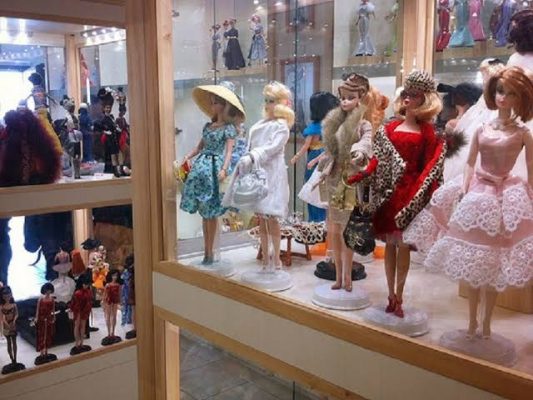
The International Doll Museum, Chandigarh, was actually conceptualised and created with an eye to offer a window of entertainment, especially kids, to indulge in a fiesta of fun-n-frolic and, all the while, learning through the language of silence these mute fairies speak to convey their hidden feelings.
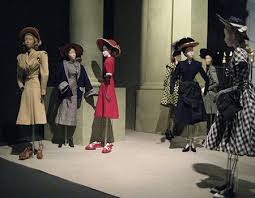
One comes across a melange of multi-hued dolls on display at the museum, offering a peep into their inanimate yet intriguing lives. Among them are tribal dolls depicting the composite cultural diversity of the tribes of India and the sartorial and other rich traditions they have fiercely guarded against time. Tribal communities predominantly featured in the works include the Todas, Santhals, Nagas, Bodos, Bheels, Bagris and Banjaras, to name a few.
There are bridal dolls looking elegant in their bridal finery, a showcase of the traditional wedding costumes the Indian states have been pursuing since time immemorial.
Majority of these tastefully designed dolls have been donated by various countries through their respective embassies. Touted to be one of the best museums across the country with international outreach, the museum is being run under the aegis of Indian Council of Child Welfare, UT Administration, in collaboration with Rotary Club, Chandigarh.
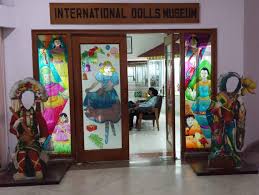
Speaking with CityWoofer, Information officer at the museum Mehak Sembal says, “The historic museum houses dolls and puppets from over 31 countries, including Spain, Russia, Korea, Germany, Denmark, Netherlands, Thailand, France, Japan, China, et al, doling out some 200 dolls on display here at the museum and, of course, more than 190 from various parts of our own country”.
Prominent among the states which donated dolls for the museum include West Bengal, UP, Tamil Nadu, Rajasthan, Punjab, Himachal Pradesh, Jammu and Kashmir, Meghalaya, Mizoran and Delhi so on.
The dazzling tribal and bridal dolls adoring the museum were donated by Shanker Dolls Museum in Delhi, says Sembal, while some 40 dolls of different sizes and shapes were donated by the students of fashion designing at Panjab University, Chandigarh.
The Norway doll, which we call ‘the pride of the museum’, was donated by a childless couple from Norway. The doll looks stunning with her blue eyes made of sparkling ‘crushed diamond’.
However, the star attraction for the tots remains the toy train, a replica of a railway station in Germany that keeps them on cloud nine for a while. The museum looks more like an amusement park for kids, besides a getaway for those having keen eye for creative art and cultural diversity of the country.
A visit to this museum holds special significance as it offers random glimpses from the times of Ramayana and Mahabharata, depicted through these mute images, like the coronation of Bharat as a king, King Dashratha lying unconscious on bed that followed the 14-year-old exile of Lord Rama, Laxman and Sita; Lord Krishna as the mythological ‘makhan chor’ caught in the act. It also brings back the saga of martyrdom of Guru Tegh Bahadur and ‘Sacha Sauda’ by Guru Nanak Dev. Feats of chivalry by Rani Luxmi Bai and young King Ranjit Singh are depicted through the language of the mute.

The museum nestling in close proximity of the ISBT, Sector 17, Chandigarh, is well connected by road, rail and air to the rest of north India and the other parts of India. It remains open for visitors from Tuesday to Sunday between 10 am and 5 pm. While entry is free for children below 18 years and school groups, those above 18 years of age, the ticket costs Rs 20 per head.
A virtual visual treat for those visiting this place of wonderful fairies, the museum and a huge amalgam of mute fairies instantly transport curious children into a different world of innocence. These mute images narrate incredible stories from mythology, history, fairy tales and other daredevil fetes of chivalry brought about through these mute images, speaking the language of the heart, keeping you entranced for a while.
A popular belief about dolls has it that they play a pivotal role in developing and honing the social, emotional and language skills among children and also apprentice them on how to interact with others in the language of silence that leaves an indelible mark on their minds.








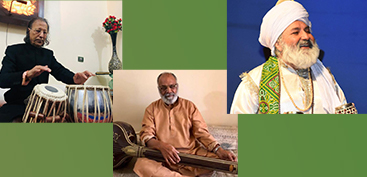
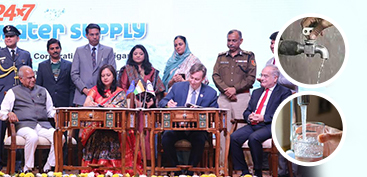
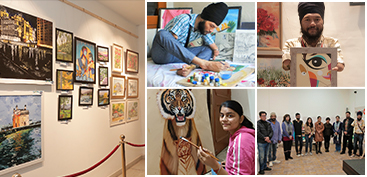
Enjoyed reading this article. We have visited this museum twenty years ago and it was in shabby conditions during my visit to this place to anchor a musical show in the auditorium attached… your article makes me believe that it has been refabrished and over-hauled…
Thanks for show-casing it…